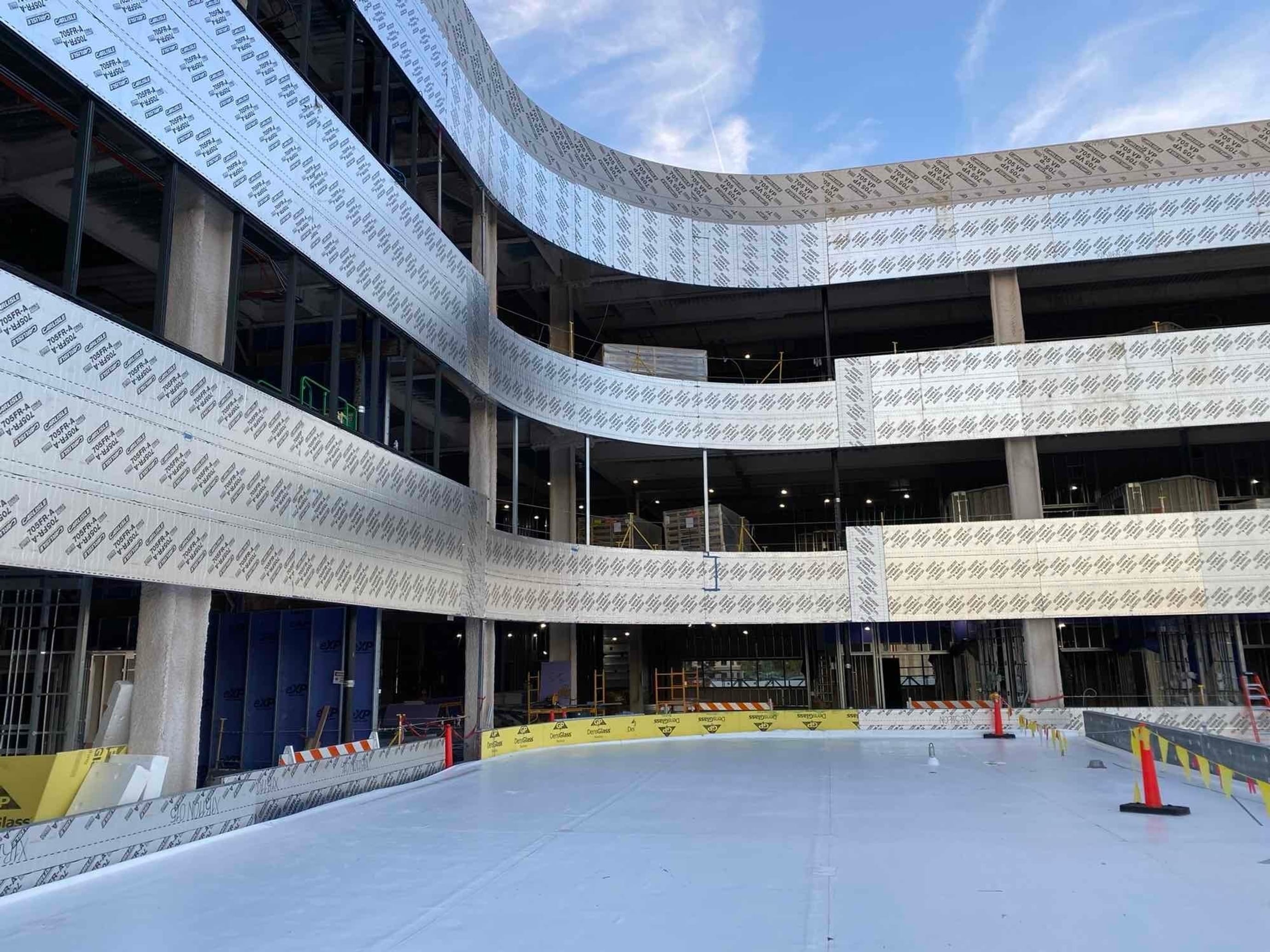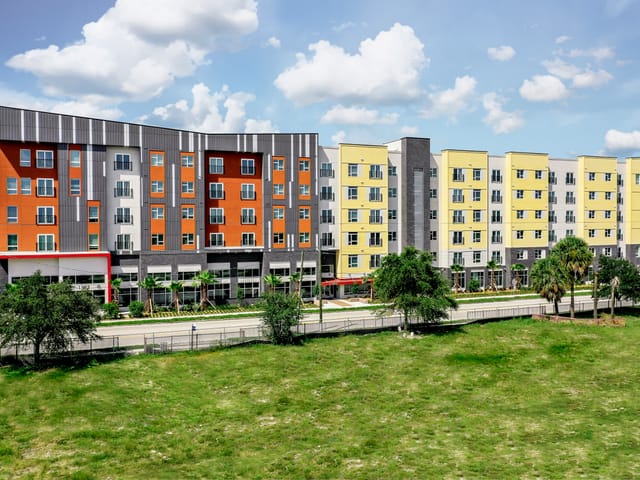
AC Hotel Scottsdale North – (read more)
Prefabricated structural wall system saved the GC 10-12 weeks on their schedule, allowing MEP trades to start earlier than a traditional construction approach.


Digital prefabrication uses the precise nature of computers and equipment to assemble building components that are often higher quality and more cost effective than their traditionally constructed counterparts. These components can be manufactured as other onsite construction continues, accelerating timelines. Although digital prefabrication is on the cutting-edge of modular building, it has seen increased interest as a means to improve efficiency and sustainability while deepening the pool of skilled laborers. In fact, prefabrication is predicted to continue to grow steadily through 2028.
This puts us at Digital Building Components in a unique position to think about how digital prefabrication can help builders in 2022 and beyond. Below are just a few ways we see digital prefabrication leading the industry into the future.
As lean approaches to construction become the standard, digital prefabrication will continue to help the industry achieve its efficiency goals. First and foremost, when contractors collaborate early with digital prefabricators, they can save time and money by developing precise-to-spec components. In the design phase, our team members work closely with key project players to develop the best options for a project. This drives efficiency since each component is designed to work together upfront and procured to drive schedule certainty, leaving almost nothing up to chance. Smarter design also reduces rework and creates faster design-to-install timelines. Additionally, a factory-controlled environment can help ensure that products will be identical when they arrive on site—lessening time spent on rebuilds due to weather damage.
Because experts predict supply chain issues are here to stay, digital prefabrication will continue to provide solutions in 2022 and beyond. Precisely designed components that work together do more than drive efficiency. They also allow a longer lead time for materials to arrive. To further accommodate this need, Digital Building Components uses machines that run 10 times faster than typical machines on the market. Once the design is set, Digital Building can build and ship the prefabricated products to the jobsite without delay.
And if the materials are present now, digital prefabrication can manufacture products in parallel with site preparation, which not only drives efficiency with just-in-time delivery but also locks in material price and availability in case there is a shortage between preparation and installation.
Finally, prefabrication will help restock the talent pool. The U.S. Bureau of Labor and Statistics predicts that 41% of the construction industry workforce will retire by 2031. Off-site manufacturing provides safer facilities as well as predictable and consistent hours, which makes it more alluring than traditional construction for those new to the industry. Along with restocking the talent pool, prefabrication can help promote a more diverse set of workers, which will further push innovation within the industry.
Digital prefabrication has and will continue to meet the challenges contractors and designers face. With approaches that promote fast and lean construction, it helps contractors meet their project goals with near zero material waste. Looking ahead at diminishing labor pools, it will continue to develop the talent that will build the future.
If you’re ready to learn more about how digital prefabrication can bring your projects into 2022 and beyond, visit our contact page to get in touch.
Keep Reading

Prefabricated structural wall system saved the GC 10-12 weeks on their schedule, allowing MEP trades to start earlier than a traditional construction approach.

DBC prefabricated five floors of load-bearing, CFS structures and one floor of joisted deck for this multi-living project.

DBC’s off-site manufacturing provided a safe solution that minimized campus disruptions while keeping students safe.